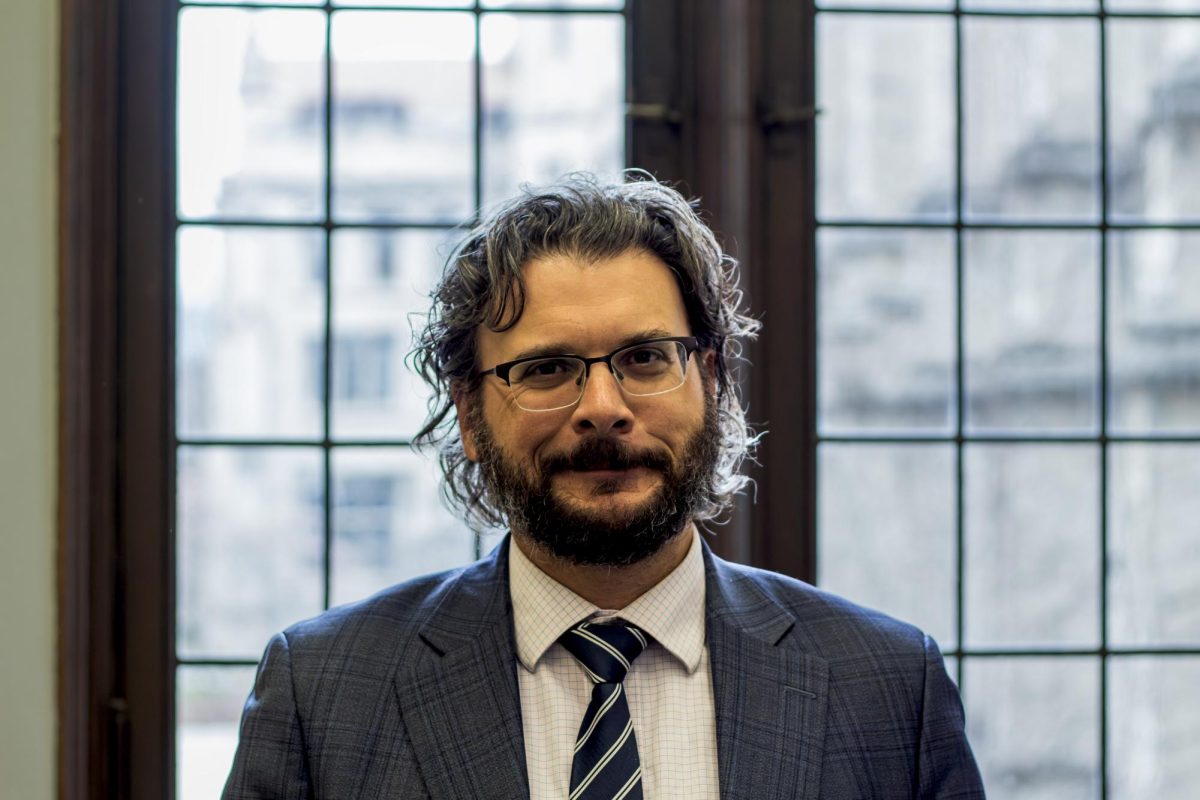The art history department is expecting a major overhaul of its introductory Art History 101 class and its major curriculum. The proposed changes are aimed at responding to evolving trends in the field of art history and streamlining some existing logistical complexities.
The new major curriculum will be the standard curriculum for incoming first-years, is optional for current second-years, and excludes current third-years and fourth-years.
Starting in spring 2018, a newly designed Art History 101, which is a signature art history class fulfilling the arts Core requirement, will replace the current 101 class. Richard Neer, the William B. Ogden Distinguished Service Professor of Art History, Cinema and Media Studies, and the College, explained that the overhaul of Art History 101 is driven by both logistical and pedagogical deliberations.
Art History 101 is consistently a class for which demand greatly outnumbers supply. The class’s popularity arises not only from its content, but also for its role as both a Core offering and a required survey course for art history majors.
“Regardless of the size of the class, in the Core, there is always a waitlist and [there are] always people trying to pink-slip in, because there are more students who need to take these classes than there are slots for them,” Neer said.
This congestion in registration is expected to be solved as the new Art History 101 will no longer be required for art history majors. Instead, students in the major will take what are called “Art and Context” classes, which survey narrower areas within the field as opposed to studying everything about a region within a chosen time period.
As concentrators hone in on more specific topics within the field, those who are taking the class out of mere interest will be offered a new Art History 101 experience that covers more diverse topics than the current one.
“We want to make art history really available, attractive, and exciting,” said Wu Hung, the Harrie A. Vanderstappen Distinguished Service Professor of Art History, East Asian Languages and Civilizations, and the College. “[Of course] we believe this already, but we want to convince young people why art history is so exciting.”
The new Art History 101 class will include objects and areas of study, such as the Chicago cityscape and architecture, which are not part of an ordinary introductory class to art history. The class will also be structured around themes, such as “monuments and sites,” “emerging media,” and “museums and exhibitions,” instead of traditional geographical and temporal divisions.
This inclusion of new objects and themes, and a non-traditional approach to dissecting them, highlights a reflection the department has been having on its discipline as a whole.
“Historically, the core of the field in the late 19th century was the Italian Renaissance, and that’s not what it is now,” Neer explained. “And I think all of us are happy to say that we don’t know what the core is [anymore]. There isn’t a core. It’s diverse, and multiple, and cosmopolitan, and we are trying to build a program, both in the Core and in the department, that respects that.”
The new Art History 101 will be jointly taught by three faculty members with different methodological backgrounds and areas of expertise, thereby offering students contrasting perspectives on themes explored in class.
There will be significantly increased involvement among tenured faculty in the new Art History 101, which is another noted change. Previously the class was taught predominantly by graduate students.
Professors will evenly divide among themselves 10 lectures every quarter, but will each lead all 10 discussion sections with the smaller student groups assigned to them.
According to Chelsea Foxwell, an assistant professor in the art history department, one reason for accentuating the focus on local scenery and artifacts is because previous Art History 101 students have given overwhelmingly positive feedback on class discussions that touched upon the local environment and field studies.
Patrick R. Crowley, another assistant professor in the art history department, added that the theme-based format of the new class makes better use of the short quarter system. He stated that a traditional introductory art history class often has difficulty covering its expected range of information in ten weeks.
Hung explained that the new Art History 101 class is envisioned to be a “gateway” class into the world of art history. Emphasis will be placed much less on transmitting discrete knowledge-facts than on introducing students to a fundamental way of thinking.
“A kind of thinking that is visual, particular to this field, neither literary nor numeric,” Neer said.
The department is also modifying parts of its major curriculum, with the aim of providing a more tailored and flexible design for those who major in art history.
Major concentrators will no longer be required to take the survey classes, which are also the department’s Core offerings, originally meant to ensure breadth in their studies.
Art history majors will now achieve breadth by satisfying their distribution requirements. Whereas the old distribution requirements mandate students to cover specific regions and time periods, the new design will allow students much more freedom in class choices.
The department in general now sees its undergraduate training to be not only preparing students for graduate studies in art history, a traditionally emphasized focus, but also to serve those who choose professions outside of the academy.









